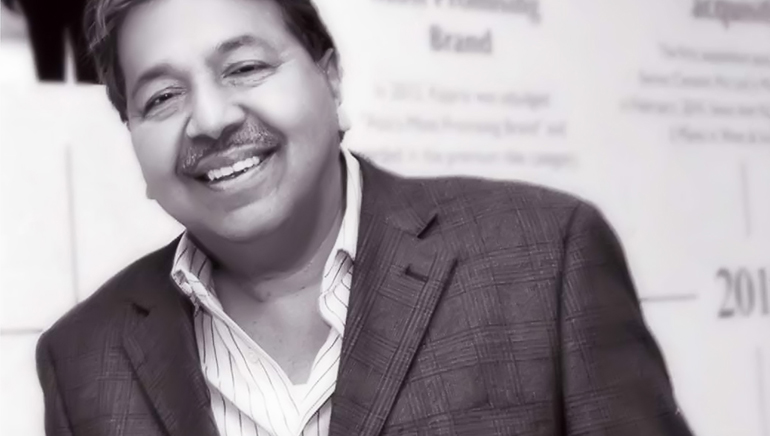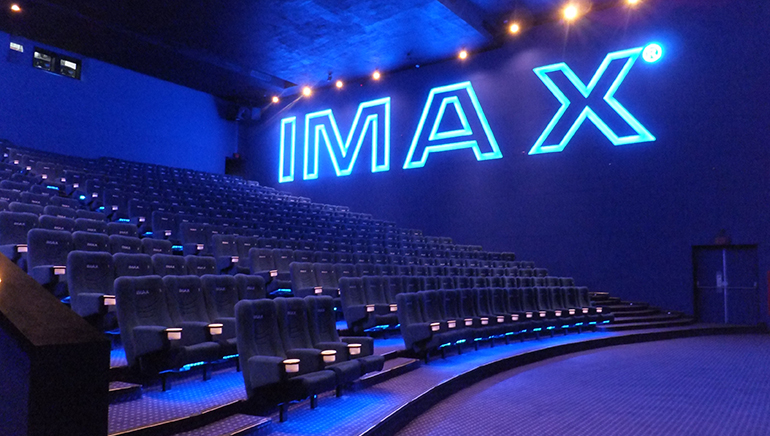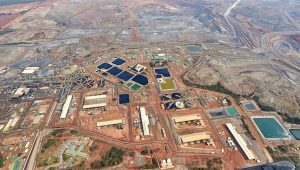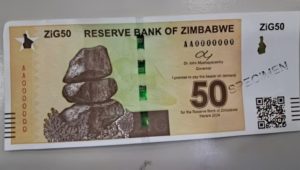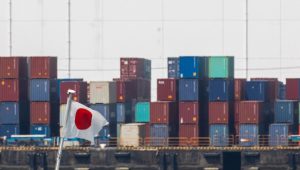It’s an established fact that it’s a big bad world you are living in and at almost every step you face, and would continue to face, obstacles. They may come from your enemies, or your friends or families or strangers, or even from inanimate objects or the circumstances, but they will be there. If you accept it, there is only one person who can overcome your difficulties, and that’s you. So, when you take charge and take 100% responsibility for choosing your reaction towards all that comes your way, you are bound to move towards success.
Continued happiness, exciting career options, nurturing family time, and blissful personal relationships wouldn’t exist by default, or someone or something from outside wouldn’t provide us these on a platter; “you” have to work towards them despite how this world is moving and what experiences you are gathering in the process.
Don’t Blame
Most of us blame someone or something else for our failures, irritations and hurts in life, while the truth is that all of us have a choice how we react in a particular situation or towards someone or something. Of course, when someone shouts at you for nothing, when there is an accident, when someone misunderstands you, or when it rains just before you are leaving for an important meeting, you are not responsible for the circumstances. But, and here’s the beauty of it, in all these cases you have a choice of reaction. You may blame and fret, and spoil what happens next, or you react in the best possible way under the circumstances and make the best of what happens next.
If “you” want to create a life as you dream it, then “you” have to take 100% responsibility for your life. You need to give up all your excuses, victim stories, reasons why you haven’t reached where you wanted to, and how circumstances held you back. You have to give them all up forever. You must understand that you have and always had the power to change things when they were happening or later, but because of something, be it your ignorance or fear, or your desire to be safe or right, you didn’t use that power. Nobody is concerned why you didn’t use that power, the fact is that you didn’t and because of that your past is the way it is. But, once again good thing about all of this is that the past is the way it is. It can’t be changed. Good! You have understood it. So accept it and let it be the way it is. Now, start working on your present and future!
Accept Your Past and Work Towards Your Future
If something didn’t happen in the past you must ask yourself how did you create it, or what were you thinking, or what were your beliefs, or what did you say or didn’t say, or what did you do or didn’t do, or what do you need to do to get different results the next time. Whatever happened, happened. But, if you want to change its effect or if you want to happen it in your desired way the next time, take responsibility for it and do it.













